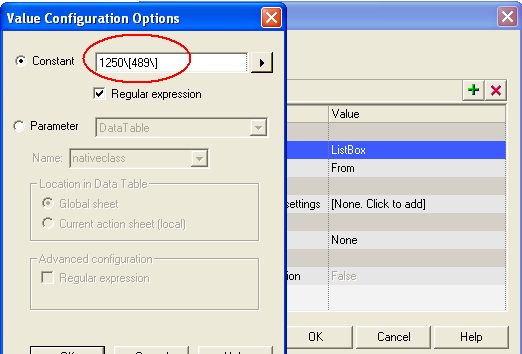

This pulls every link out of a large HTML document into a series of records.(? < = \. Hence (?:,|$) matches up to a, or the end of the string.

This almost always needs to be used with a marked or unmarked group. | This is saying match either the thing before or after, but not both.We need this for the or which we use a | for. You cannot end here because the regex engine doesn't like a match of 0 characters since there is an infinite number of matches, so we have to terminate the match on something. * Match 0 or more of the previous, which allows for an empty set.Starting the set with ^ changes it to match any character not in the set, in this case a.This way you avoid returning the delimiter. The tokenize mode allows you to match a larger part of the input field, yet only return a subset that was marked. (.) Parenthesis create a marked group of the expression.Error if not Matched: Select to generate an error if the expression and string do not match to end the workflow processing.Column name for match status: Provide a name for the appended column.Match: Append a column containing a number: 1 if the expression matched, 0 if it did not.Size: Select data size to enter a new size.Type: Use the dropdown to select the new data type.Name: Select column name to enter a new name.A new column is created in the Output Columns table with these columns: Parse: Separate the expression into new columns, and set the Name, Type, and Size of the new columns.Use a key column in your record so you don't lose track of which value came from which row. Split to Rows: Split a single column of data at each instance of the specified delimiter into multiple rows.The new columns are named as the root name with a serially increasing integer appended. Output Root Name: Enter the name that the newly generated columns should be based on.

Error: Data the extends past the split causes an error and the workflow stops processing.Drop Extra without Warning: Data that extends past the split is dropped and no warning is generated.Drop Extra with Warning: Data that extends past the split is dropped and a warning is generated indicating that there was excess information.Extra Columns: Select the behavior that is applied to extra columns.Number of Columns: Set how many columns are created.Split to Columns: Split a single column of data at each instance of the specified delimiter into multiple columns.You want to match to the whole token, and if you have a marked group, only that part is returned. This option works similarly to the Text To Columns tool, except instead of matching and removing what you do not want, you match for what you want to keep. Tokenize: Split the incoming data using a regular expression.Use the "+" button to access common regular expressions that you may need while creating your expression. Replacement Text: Enter an expression to replace your original regular expression by identifying the Marked Group to replace the expression with.Replace: Replace the expression you searched for with a second expression.In Output, select the Output Method to use when parsing.Searches do not distinguish between uppercase and lowercase letters. Case Insensitive: Selected by default.Find more information on the Perl Regular Expression Syntax website. Use the "+" button to access common regular expressions that you may need while creating your expression.


 0 kommentar(er)
0 kommentar(er)
